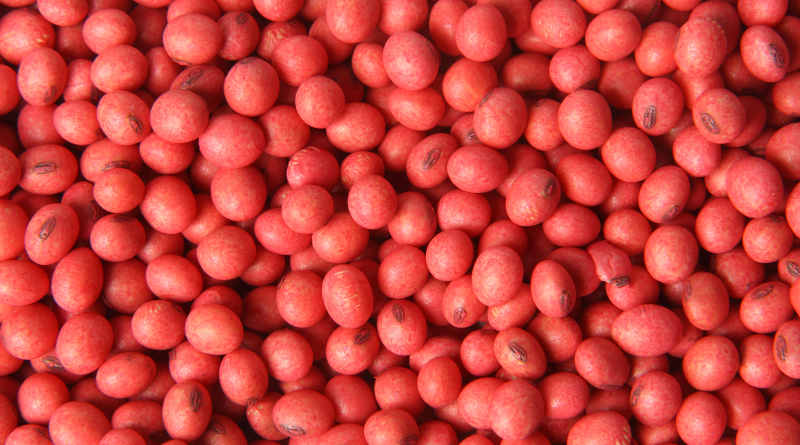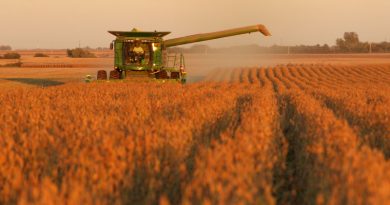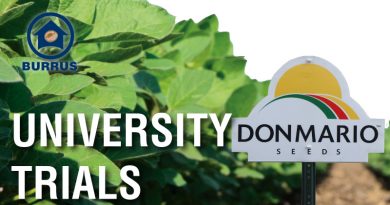Soybean Plantability
Although the reasons for plantability issues can be complex and out of your control, taking the right steps can help mitigate their effect and improve soybean stand. Your Burrus Representative is available for questions and the solutions you can implement to mitigate soybean plantability issues. Download our soybean plantability handout for a quick reference.
Contributing Factors
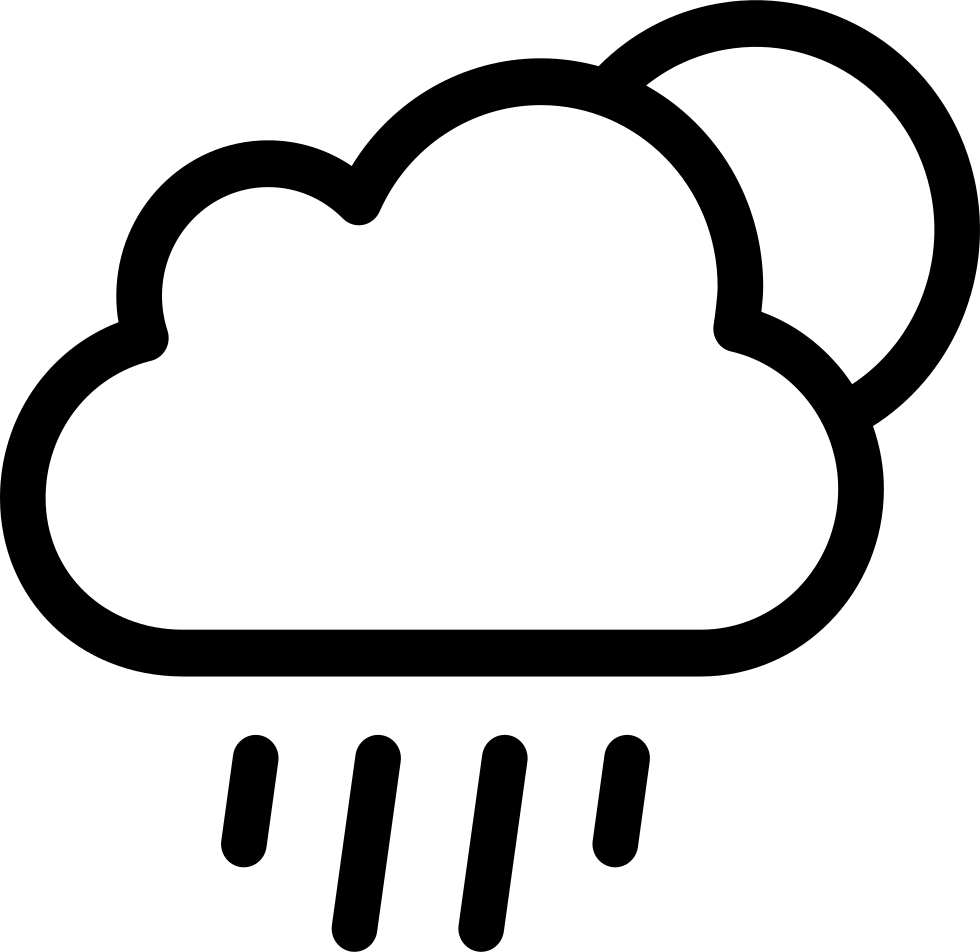 ENVIRONMENT
ENVIRONMENT
Air temperature and humidity have a large impact on soybean plantability. In hot, humid conditions, seed treatment absorbs moisture readily. Bulk fill and vacuum planters concentrate air within meters. As a result, contained air temperature becomes elevated creating an excessively humid environment that can cause seed stickiness or softness.
 SEED SIZE & COAT
SEED SIZE & COAT
Each individual seed lot has experienced unique conditions which play a factor in its plantability. Growing conditions can affect soybean seed size and seed coat, while storage location can influence seed temperature at time of treatment. Seed size is a component of yield and some varieties tend to be larger seeded than others. This can complicate plantability if the planter is not properly adjusted.
 PLANTER OPERATOR
PLANTER OPERATOR
Lastly, you, the grower, can influence soybean plantability. Your choice of seed lubricant, talc, ground speed, plate size, metering equipment maintenance and seed storage can all affect plantability. Greater care in lubricant application in adverse conditions is crucial.
Steps to Mitigate
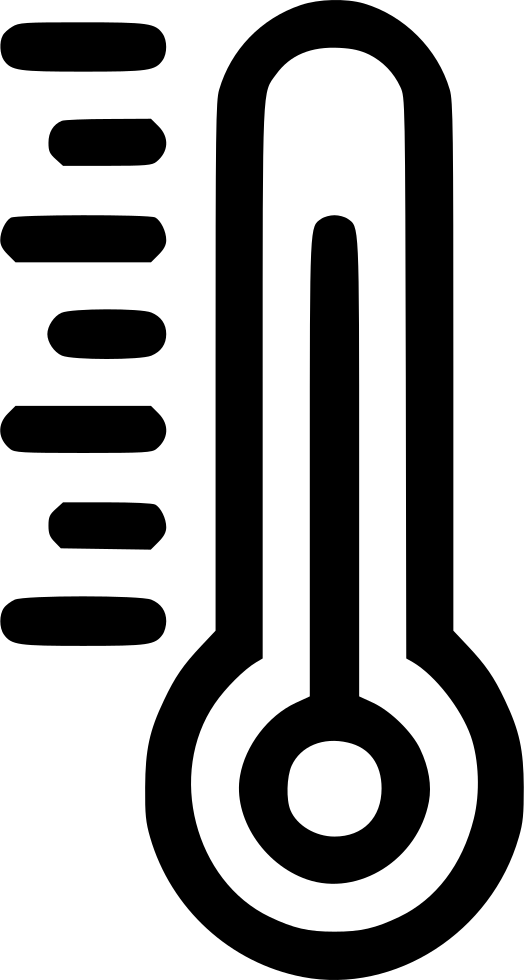 PRECONDITION SEED
PRECONDITION SEED
Storage sheds can remain cool long into spring compared to ambient temperatures. This temperature difference can lead to excessive condensation. Therefore, seed and handling systems need to be climatized to ambient conditions. A simple way to do this is opening the doors to your storage facility allowing temperature and humidity to equalize.
 LUBRICATE SEED
LUBRICATE SEED
See manufacturer specifications for recommended lubrication and rates. Take time to lubricate interior planter surfaces and seed metering devices. When utilizing high-load seed treatments, such as PowerShield SDS, doubling the manufacturer’s rates might be required. Adjusting seed lubricant, as well as moisture absorbent (talc), to match environmental and seed conditions ensures the best stand possible. The more adverse the environmental conditions, the more necessary lubricant application becomes.
 EQUIPMENT MAINTENANCE
EQUIPMENT MAINTENANCE
Complete all recommended maintenance to ensure meters are in proper working order. Be certain to select the correct planter plates/discs for each seed size. This is crucial to achieve desired results. Usually, the biggest plantability issues arise when seed sizes are between plate sizes. Choosing the larger plate size in these situations allows tolerance for seed size variation within a seed lot and produces a better outcome.

